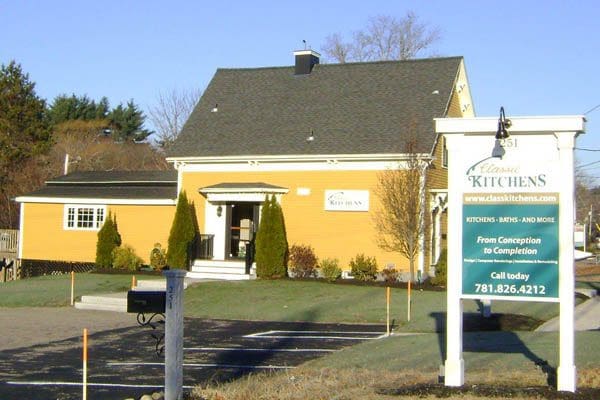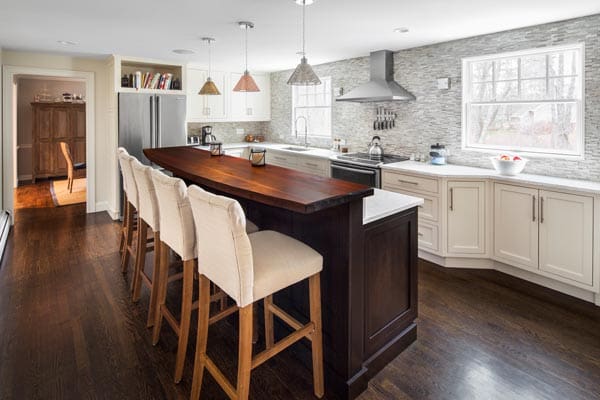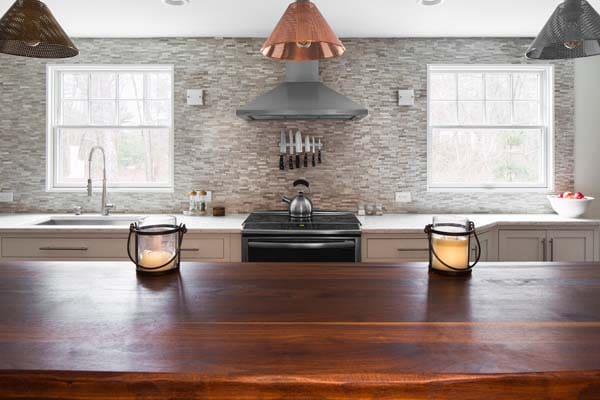
Preliminary Steps
- Gather a scrapbook of notes, photos, and articles that you have collected.
- Get together with your family and ask them for their input and wish lists.
- Come up with a budget you can live with.
- Draw a rough sketch of your floor plan and take measurements (or, if building, get floor plan from architect or builder). If you would like, print and fill out, the Kitchen Planning Guide.
- Call us to make an appointment, or stop into our showroom.

Visit Our Showroom
- We will answer any questions you may have.
- Review and/or assist you in establishing a budget.
- Discuss your scrapbook of ideas (if you have one).
- Discuss your floor plan (if you have one) and go over some design ideas.
- Discuss your plans for utilizing the room you will be remodeling.

If You Like What You See
- We will come to your home and take measurements.
- We will create a design, and draft perspectives, elevations, and a floor plan.
- We will provide you with a price.
- We will set up a meeting for you to discuss the design and pricing and discuss any potential modifications you would like to make.

The Installation Process
- If necessary, we will make arrangements with your builder, architect, and/or designer to coordinate the installation.
- If necessary, we will remove your existing cabinetry and appliances.
- To ensure a quality installation, we will meet the installer at your home to discuss the details of your plan and installation.
